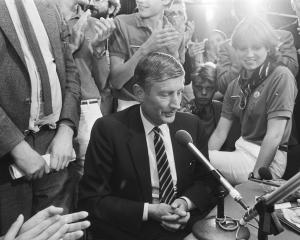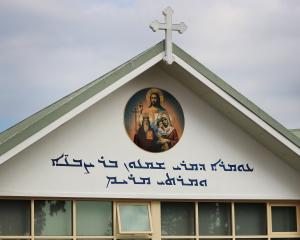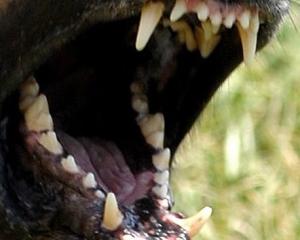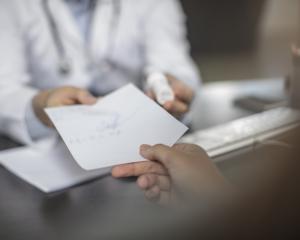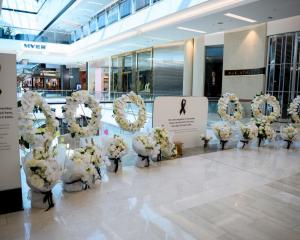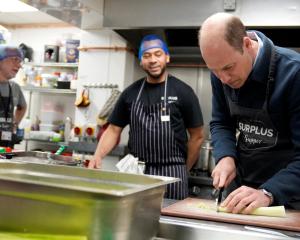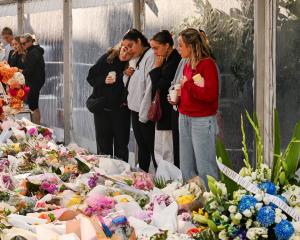The spacecraft carrying Chris Hadfield from the Canadian Space Agency, NASA's Tom Marshburn and Russian cosmonaut Roman Romanenko blasted off from Kazakhstan's Biakonur Cosmodrome on Wednesday and parked at the station's Rassvet docking module as the ships sailed 410km above northern Kazakhstan.
"The Soyuz sleigh has pulled into port at the International Space Station with a holiday gift of three new crewmembers," said NASA mission commentator Rob Navias.
The trio joined station commander Kevin Ford and Russian cosmonauts Oleg Novitskiy and Evgeni Tarelkin, who are two months into a planned six-month mission.
Ford is due to turn over command of the $100 billion research complex, a project of 15 nations, in mid-March to Hadfield, who will become the first Canadian to lead a space expedition.
"This is a big event for me personally," Hadfield said in a preflight interview. "It takes a lot of work, a lot of focus. It's something that I can look back on as an accomplishment and a threshold of my life."
Command of the station, which has been continuously occupied since November 2000, typically rotates between an American and a Russian crewmember.
In 2009, Belgian astronaut Frank De Winne broke that cycle to become the first European Space Agency commander. Japan's Koichi Wakata is training to lead the Expedition 39 crew in March 2014.
All three of the station's new residents have made previous spaceflights. Hadfield, 53, is a veteran of two space shuttle missions. Marshburn, 52, has one previous shuttle mission and Roman Romanenko, 41, a second-generation cosmonaut, served as a flight engineer aboard the space station in 2009.
The station crew will have some time off to celebrate several winter holidays in orbit - Christmas, the New Year and then Orthodox Christmas - before tackling a list of about 150 science experiments and station maintenance, including two spacewalks.
Among the studies will be medical research into how the human cardiovascular system changes in microgravity.
"When you live in an environment like that, the heart actually shrinks. Your blood vessel response changes. It actually sets us up to cardiovascular problems," Hadfield said. "We have a sequence of experiments that's taking blood samples and monitoring our body while we're exercising and doing different things to try and understand what's going on with our cardiovascular system," he said.
The research is expected to help doctors unravel the aging process on Earth, which is similar in many respects to what happens to the human body in weightlessness.
In addition to medical research, the space station serves as a laboratory for fluid physics and other microgravity sciences, a platform for several astronomical observatories and a testbed for robotics and other technologies.

